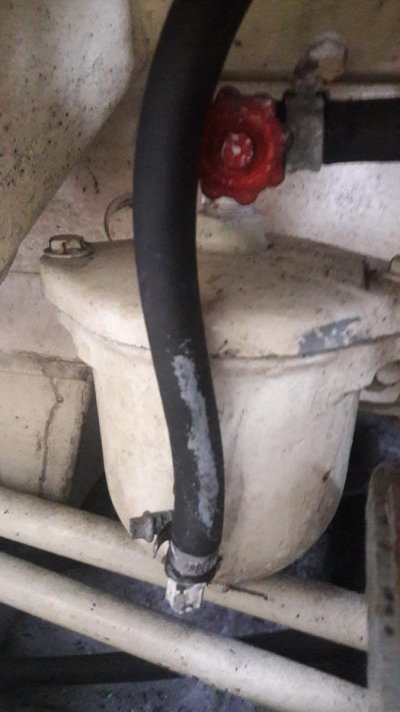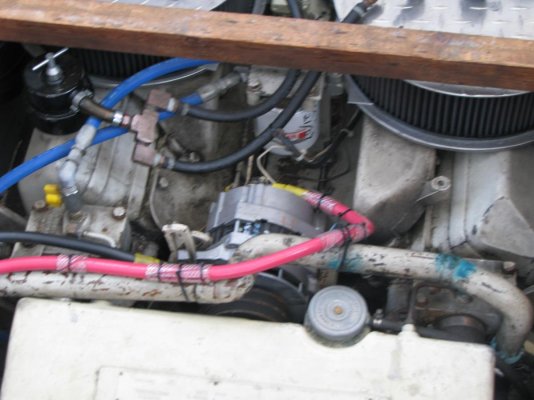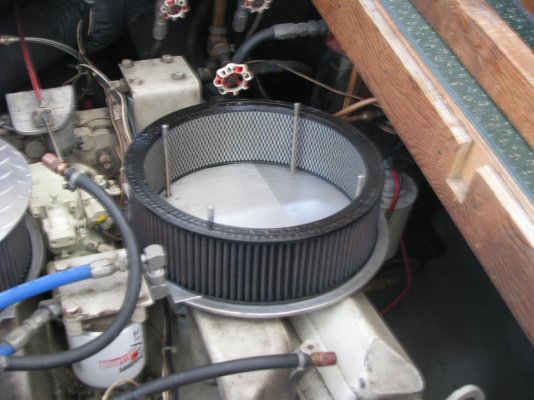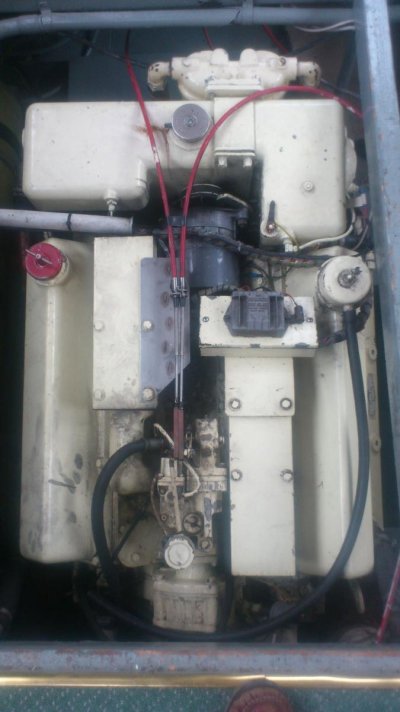liam
Member
Hi All.
I have two 1969 Cummins V504M's on a 1971 Vanlent 41 and they each have a Bowman heat exchanger header tank.
The closed fresh water circuit appears to have what I imagine to be is a fleetguard water filter in an old can style arrangement. Do you know if there is much involved in putting in a new filter. I imagine you close off the mini stopcock and open it up. Is there any pitfalls I have to avoid.
I will post a pic when i figure out how
Also and most importantly do I replace / top up the contents with water or is it a mix of water and antifreeze.
And finally, what antifreeze is best to use and is there any type that should be avoided.
Kind Regards
Liam
I have two 1969 Cummins V504M's on a 1971 Vanlent 41 and they each have a Bowman heat exchanger header tank.
The closed fresh water circuit appears to have what I imagine to be is a fleetguard water filter in an old can style arrangement. Do you know if there is much involved in putting in a new filter. I imagine you close off the mini stopcock and open it up. Is there any pitfalls I have to avoid.
I will post a pic when i figure out how
Also and most importantly do I replace / top up the contents with water or is it a mix of water and antifreeze.
And finally, what antifreeze is best to use and is there any type that should be avoided.
Kind Regards
Liam




